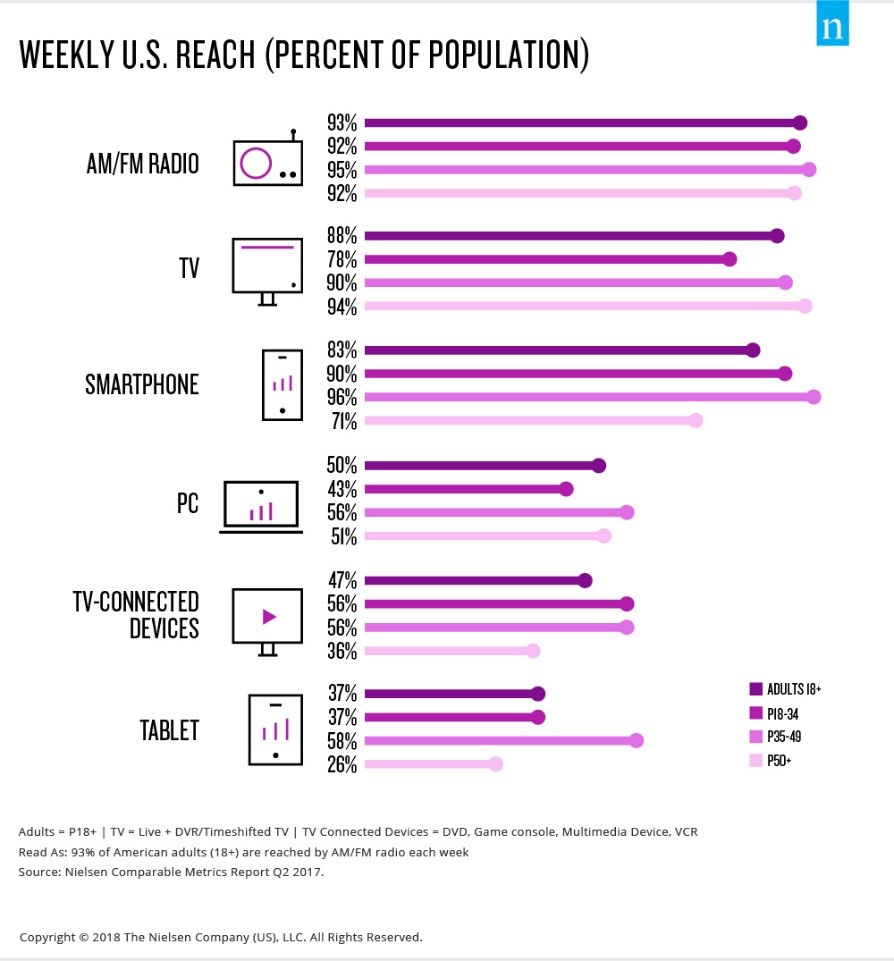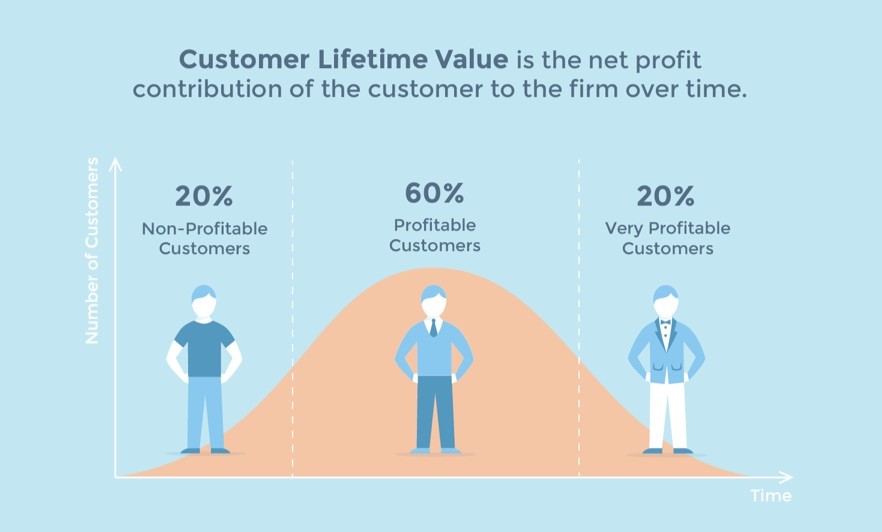Industry Thought Leader At Business Magazine Shares His Best Practices.
Below are excerpts from a post by Mitch Russo last month on Forbes.com.
Today, the web is likely where most people go to start marketing their business — and for good reason. It’s quick and relatively inexpensive to get started. But for many, the internet isn’t the be-all-end-all of marketing solutions.
In my early days of building my business, we began experimenting with radio. At first, it barely worked, but with some patience and a library of six different recorded spots, we began testing one against the other.
It started to work a little better. Then, we selected the best of the lot and tested stations. We tried all types of music genres, and then we tried talk radio, which fit our growing company. Once we selected a few talk radio stations, we realized that talk radio listeners pay attention, whereas we found music radio listeners listen passively.
All of this took several weeks to figure out. And that’s when the action really started. Slowly we increased our budget, and the inbound calls began to increase too.
When I work with clients on building and running campaigns on the radio, I often hear them say, “Radio is dead.” But, that isn’t true. According to a 2018 report by Nielsen, “More Americans tune into AM/FM radio (93%) than watch television, or use smartphones, tablets or computers.” And that number includes millennials. The report also found that more than 90% of millennials listen to the radio monthly.

This shows that, in addition to the internet, there are a few ways entrepreneurs can market their businesses. Below are my tips for getting started advertising on the radio:
Be strategic with how you fund your ads.
A false belief I often hear is that radio is expensive. Actually, you can buy spots on some stations for as little as $25. Knowing exactly who your ideal client is, look for a station that you believe would be a good fit. Then contact them and ask to speak to a sales representative to get pricing on several of the stations you identified.
Take the lead on your radio efforts in the beginning.
As president and CEO of my business, only one person (me) managed the radio placements, budget and analyzed the statistics on a weekly basis because I was most familiar with the goals of the company. If that’s you, watch your numbers like a hawk. Constantly monitor the cost per lead and conversion from lead-to-sale, and know your lifetime customer value in advance. With that information, you will know exactly how well your spots are performing and if you can increase the budget profitably.

We technically lost money on every sale from the radio, but our lifetime
customer value was so high, the losses were worth it. Here’s an example: We
spent about $360 to acquire a buyer from radio leads. (Radio leads were costing
us about $36, and we closed one out of 10 on the first try). When those buyers
purchased a ticket to our webinar, we were able to sell a $4,000 product to
roughly 40% of them. They then went on to use about three additional services
over a four-year period, thus bringing our lifetime customer value to more than
$11,000. Now, you can see why we didn’t mind losing a little money on leads;
the customer greatly outweighed the cost. Because I had a firm handle on all of
these moving parts, it was easy to see if our spots were working.
Make sure your leads count.
Radio listeners, in my experience, are far more likely to pick up the phone, even while driving, than they are clicking on a URL that was announced over the radio. For that reason, it’s best to ensure you can answer every inbound call.
For efficiency, stop all outbound calling a few minutes before your ad airs. This way, the sales team is prepared to answer incoming calls.
Regardless, some calls will go to voice mail, but we discovered that we could only reach about 50% of those who left a message. When listeners hear your spot, they are emotionally engaged in solving the problem you claim to be able to solve, so they pick up the phone and call. That’s true, direct-response radio. And it works great if you have the right product for the right market at the right price. And if your message contains some level of urgency along with an enticing offer, I believe they will call, even if they are driving down the highway, because they are engaged.
The bottom line is that small business is listening.
